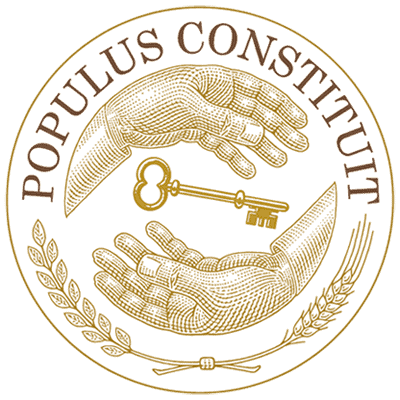Last Friday I posted a blog piece drawing attention to a video referenced by Gwen Sharp at Sociological Images in her post, Boys Want Success, Girls Want Boys, about a recent Acuvue contact lens commercial aimed at teens that reinforced both gender and racial stereotypes.
The teens look forward to their futures. For the boys, these involve future career success — notice the African American teen dreams of being a famous athlete, while the White boy’sfuture involves moving up the corporate career ladder. And what does the girl’s life hold? A boy who currently ignores her will want to dance with her.
The boys are future role models and leaders, while the height of the girl’s future is that she gets to be desired. I noted that Acuvue is a Johnson and Johnson (JNJ) product. For a company with a growing reputation on the use of social media, the commercial came as something of a surprise.
Johnson & Johnson is one of the leading brands to take social media and engage bloggers to use their influence for good. Two weeks ago influencer mom bloggers were invited as consultants to a salon hosted by Johnson & Johnson to brainstorm about philanthropy and social good. (Johnson & Johnson Focuses on Social Media for Social Good
I asked if a more diverse board of directors avoid such stereotyping but when I looked at J&Js board I noticed they were already diverse, far ahead of most Fortune 500 companies.
I have since been told by a reliable source that all at J&J who were brought into the loop once they noticed my post felt that “you raised valid points and this series should be pulled immediately.” Apparently, it got that kind of attention ”within minutes.”
I questioned the J&J PR folks; what they were thinking? Here is their unedited response:
The Acuvue Brand Contact Lenses 1-Day campaign was designed to portray defining moments in teens’ lives that often involve the desire to wear contact lenses rather than glasses, such as when playing sports, in social situations, and at life events (i.e., moving to a new school). As the campaign evolved, we continued to ask teens and their parents to share their thoughts about how wearing contact lenses could play a role in helping teens achieve their dreams. We received thousands of responses that helped us add new ideas to the campaign.
We recently received feedback about one ad in the campaign that regrettably appeared to reinforce stereotypes. While this was clearly not our intent, we appreciate consumer feedback and have removed this ad. We are currently reassessing elements of this campaign so that we can continue to share how contact lenses can play a role helping teens’ realize their hopes and aspirations.
I think it is great that J&J has been so responsive. Those at Sociological Images (see theirreaction to The Hunger Games) are keen on spotting possible sexism and racism in videos and ads. Often, it is hard to tall where to draw the line. I’m sure kids have all kinds of dreams that play into society’s stereotypes. Many little girls love Barbies and dream of being a princess. Many young black boys hope to be NBA stars. How does J&J reflect the dreams of its customers while ensuring they don’t reinforce stereotyping?
My take was that J&J’s video reinforced damaging stereotypes. When I noticed how diverse J&J’s board is, I was even more shocked. Of course, boards don’t usually review ad campaigns but they do set the tone at the top. In this case, that tone was reflected in the quick action taken once issues were raised about the ad.
Every company, indeed every person make mistakes but we only learn from our mistakes after we recognize them as mistakes. J&J, a leader in using social media to communicate with the customers and their shareowners demonstrated that communication is a two-way street. They not only put their message out, they also listen, reflect, learn and change course based on the feedback they receive.
